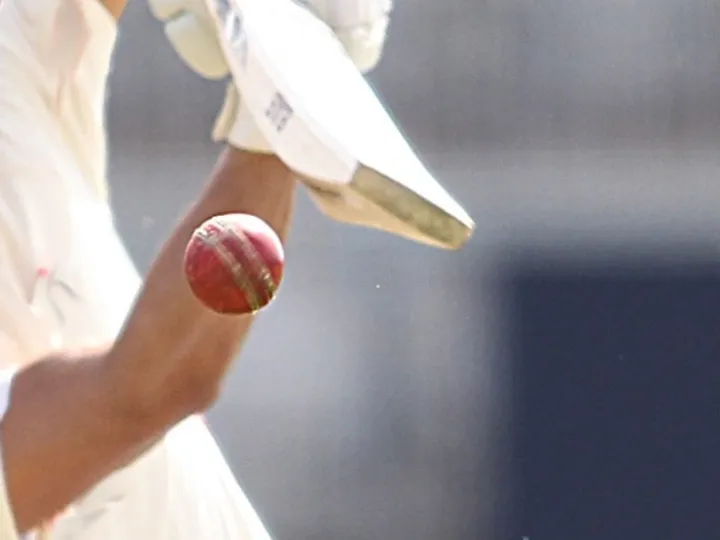Tales from the Test – Australia
Geoff Wellsteed is in Australia for the Ashes and sends his thoughts on the opening Test at Perth.
FIRST TEST – PERTH
Dejection (day 1 afternoon, England 172ao). Elation (day 1 close, Australia 123-9). Optimism (day 2 afternoon, Australia set 205 to win). Humiliation (day 2 evening, Australia win by 8 wickets).
These four simple one word descriptors vividly sum up this two-day crazy extravaganza. The whole match aggregated a mere 141.1 overs. What can we say and learn from the ashes of this first exchange? Well, when winning the toss, the accepted norm is to bat, but the current England team profess to prefer chasing.
When they won the spin of the coin they elected to bat. What influenced the change? England had the quickest bowlers. Both Archer and Wood (150 km per hour) bowled faster than Starc, but the left arm Aussie has the ability to wobble the ball. High quality wobble seam at 145km is more difficult to play than out and out pace. Giving him, the best three-format bowler in the world, first use of a pitch that the experts said would be at its best for batting on day 2 was, arguably, suicidal.
Traditionally Perth pitches offer steep bounce that makes England's commitment to Bazball a high-risk strategy until batters can get in and adjust to the conditions. Patience is a virtue, but apparently outwith the approach of the visitors. OK, Travis Head played 'Bazball plus', and had a strike rate of 148, but he is very familiar with the rock-hard surface. England are not and stubbornly, avoided warm-up matches. Head was exceptional (and so is his high-sided haircut!). He treated all the England quicks like naive net bowlers.
Brendan McCullum has a reputation as a great psychologist, but trying to rebuild the shattered confidence of a Stokesy team will require a biblical miracle. Never, before have l seen the England captain look so deflated and helpless as he did for the entirety of Australia's second innings.
There are vast numbers of England supporters here and they undoubtedly deserved more application from their team. Instead, they were on the end of some fearful ridicule from euphoric Aussies who love nothing more than to indulge in abusive pommie bashing.
Footnote
It had absolutely no impact on the result of the match, but Jamie Smith was given out caught on review by the third umpire after a five-minute examination of the available footage.
Apparently, the technology used over here (different from England) has a two-frame gap between the pictures and the sound wave. Former, highly respected international umpire, Simon Taufel, said that the conclusive evidence protocols with the real-time snickometer are such that if a spike is evident up to one frame after the ball has passed the bat that is conclusive evidence of a legitimate dismissal.
He concluded the third umpire could, and should, have pulled the trigger much quicker. All that might have some technical justification, but it is extremely difficult for more than 50,000 spectators watching on the big screen to be convinced by such logic when the spike occurs after the ball is beyond the bat. And you thought football's VAR was bad!!

